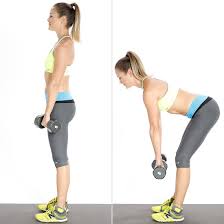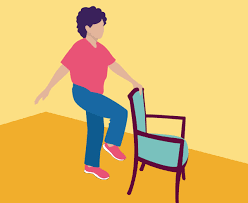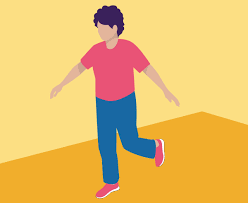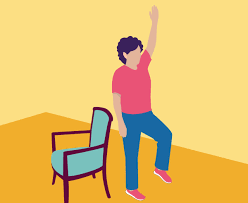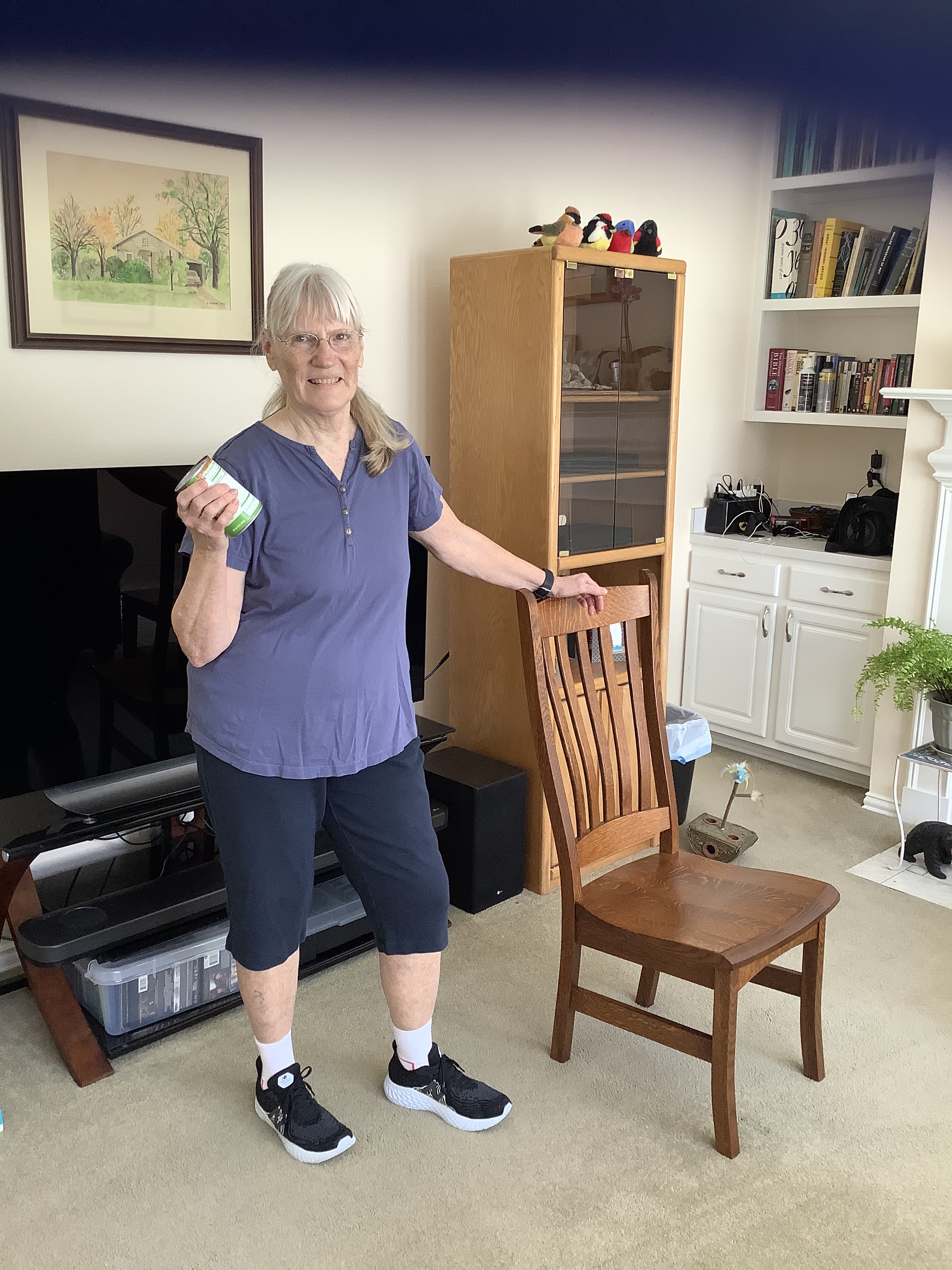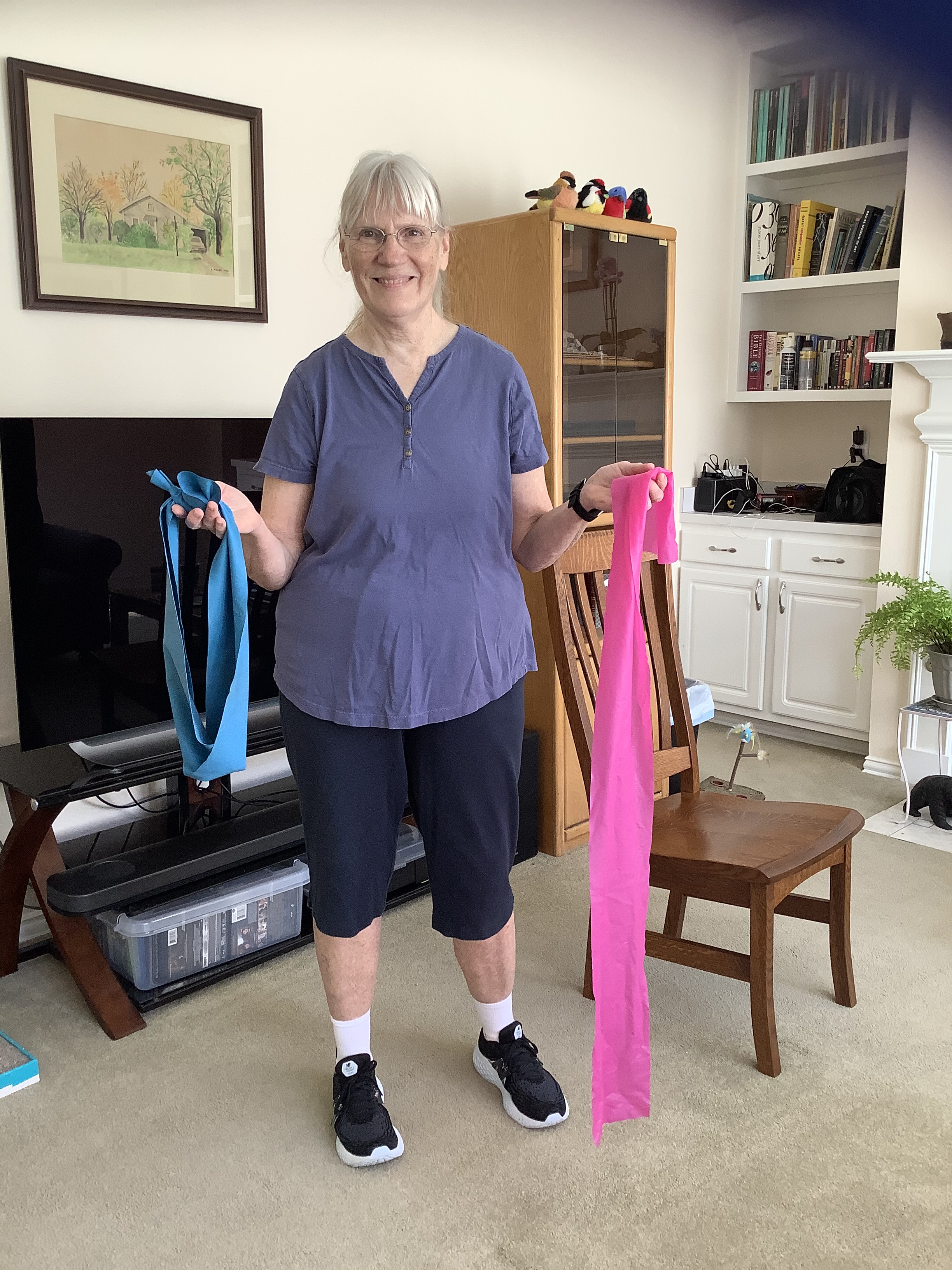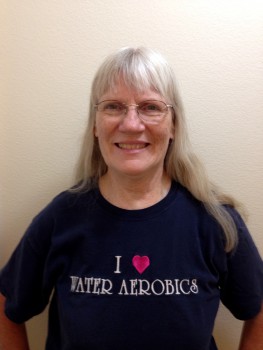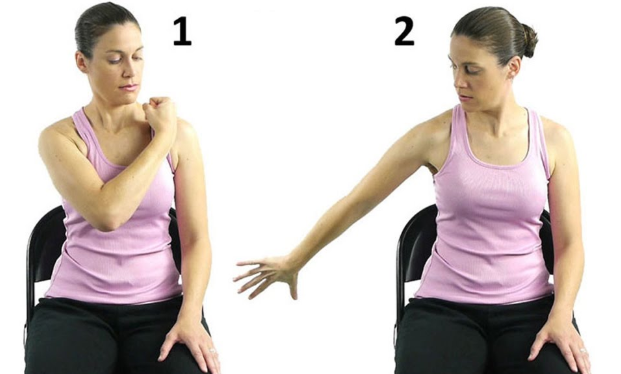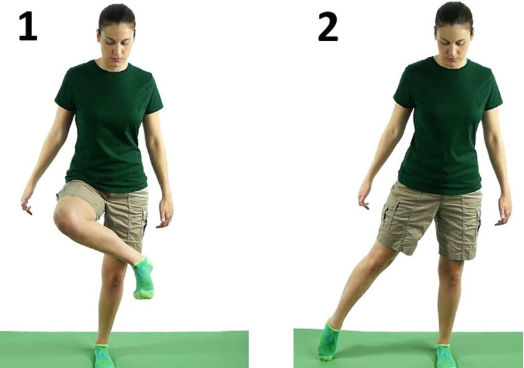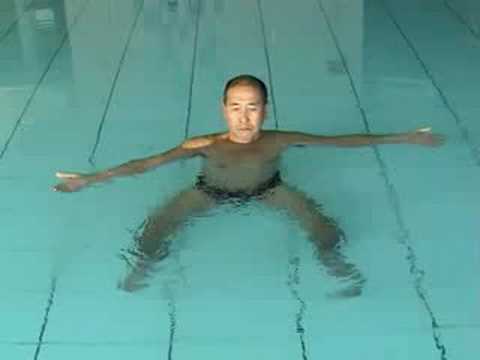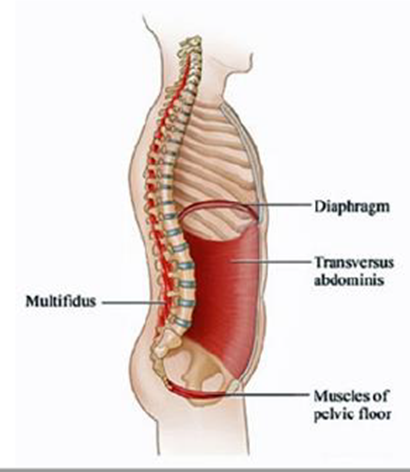

I get it. It’s hard to make time for exercise. You know you should exercise. Maybe your doctor told you to exercise. But you’ve got work projects, and household responsibilities, and maybe kids with all of their activities. And then there’s social media, and Netflix, and you are so tired by the end of the day. It’s easy to postpone exercise until after you’ve made that important business presentation, or after you’ve finished your home repair project, or after your daughter’s soccer season ends.
On the other hand, no one likes to think about becoming frail as they age. According to the Clarity Final Report (2007), the things people fear the most about aging are (1) losing their independence because of poor health, poor memory or an inability to get around, (2) having to move into a nursing home, (3) losing their family and friends, and (4) having to give up driving. Exercise is the prescription for postponing most of these life-altering events indefinitely into the future. This is one reason why the American College of Sports Medicine recommends strength training 2-3 times a week and at least 150 minutes of aerobic exercise every week. Research has shown that following these guidelines is associated with lower mortality risk.
Strength Training. According to an article in the New York Times, “People Who Do Strength Training Live Longer – and Better” (August 24, 2022) people who take part in strength training sessions 1-2 times a week have a 40% lower mortality risk than those who don’t exercise at all. Muscle strength is required to get out of your chair, to open a jar of pickles, to carry your groceries into the house, to do yardwork and more. We progressively lose muscle mass as we age, but regular strength training prevents the loss of muscle mass and improves both muscular strength and endurance. Building muscle increases the amount of fat-free mass in your body and increases your resting metabolism. Stronger leg muscles protect the joints and make them more stable, which helps reduce the pain of osteoarthritis. Stronger leg muscles also reduce the risk of falls in older adults. Stronger muscles in the back and abdomen allow you to stand up straight and avoid lower back pain as you age. Strength training increases bone mineral density which lowers the risk of osteoporosis, and for those who already have low bone density it helps slow the progression of the disease. Strength training increases glucose metabolism which lowers the risk of diabetes, and for those who are already diabetic, it helps manage glucose levels. Strength training lowers the incidence of many chronic diseases, and improves psychological well-being.
Aerobic Exercise. Aerobic exercise is strength training for your heart. The heart is the most important muscle in the body. It beats 24 hours a day, 7 days a week. Regular aerobic exercise increases the ability of the lungs to hold air and strengthens the heart muscle so that it pumps a greater volume of blood with each stroke. Aerobic exercise lowers the resting heart rate. The maximum amount of oxygen your heart can deliver to the working muscles declines as you age, mainly due to physical inactivity and an increase in body fat. Once it declines to a certain level, a person loses functional independence. Poor aerobic fitness is a more accurate predictor of death than risk factors such as hypertension, smoking and diabetes. Aerobic exercise retards this decline. Aerobic exercise also improves insulin sensitivity, helps prevent diabetes, can reduce coronary artery disease risk by 50%, lowers the incidence of colon cancer and breast cancer, can improve balance and prevent falls, preserves bone mineral density, can help the exerciser lose and maintain loss of body fat, lowers blood pressure (if elevated), and can improve cholesterol and triglyceride levels. Recent research suggests that aerobic exercise is also good for your gut bacteria.
The longer you go without regular exercise, the more likely you are to have dementia. You are also more likely to get diabetes, heart disease, and high blood pressure, all of which may be linked to Alzheimer’s disease. There is no time like the present to get started. You do not have to lift heavy weights. In fact more repetitions with lighter weights has been shown to be more effective with older adults. You do not have to start running marathons for your aerobic exercise. Find something you enjoy: a brisk walk in your neighborhood, ride a bicycle, play pickleball, go dancing, join a sports league, swim laps, or take a water fitness class. Check out the Plano Parks & Recreation website or the Parks & Rec website in your city for more options.
See you in the pool!






